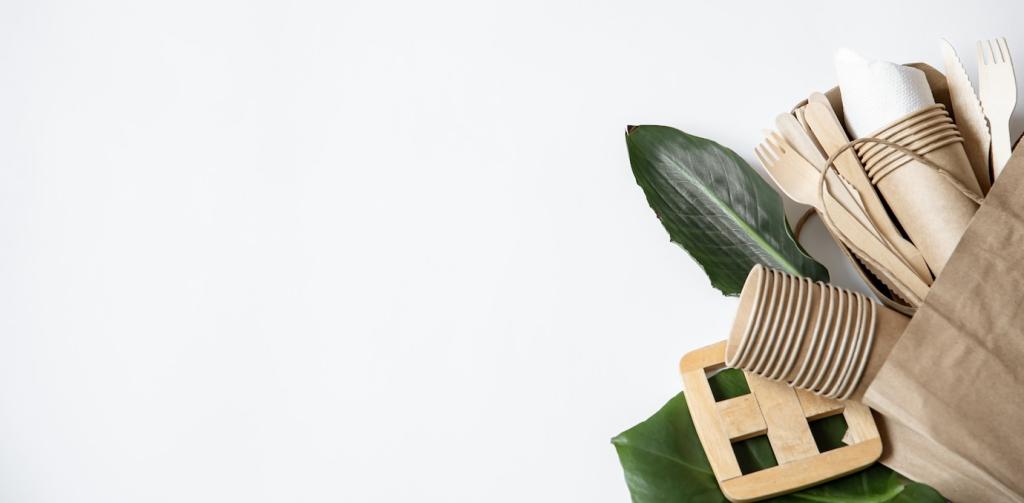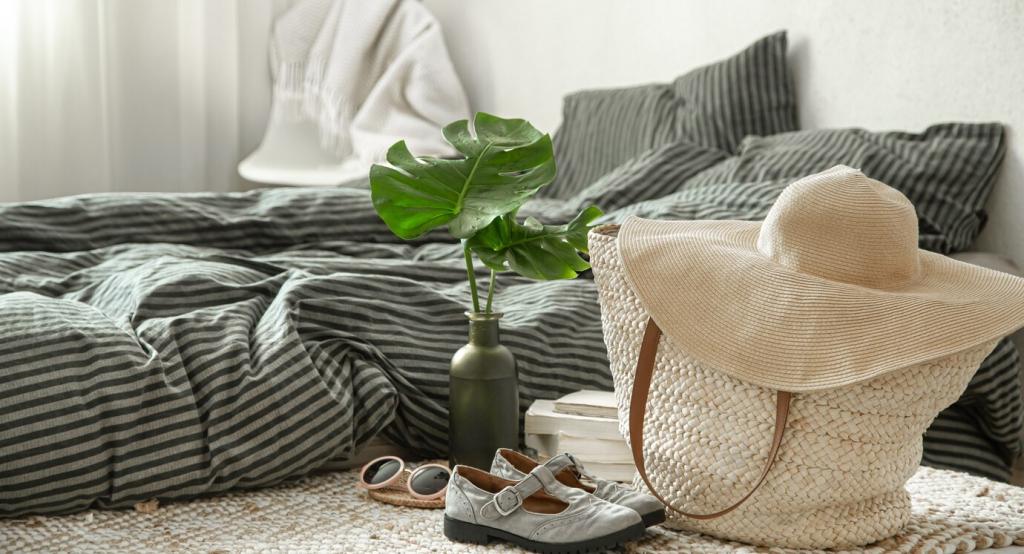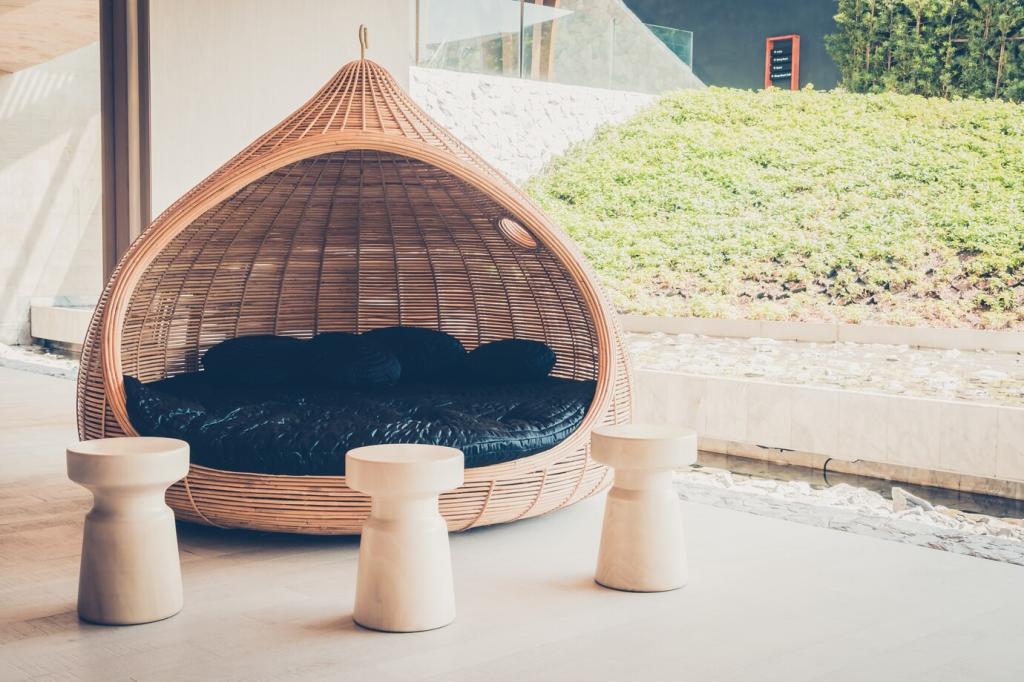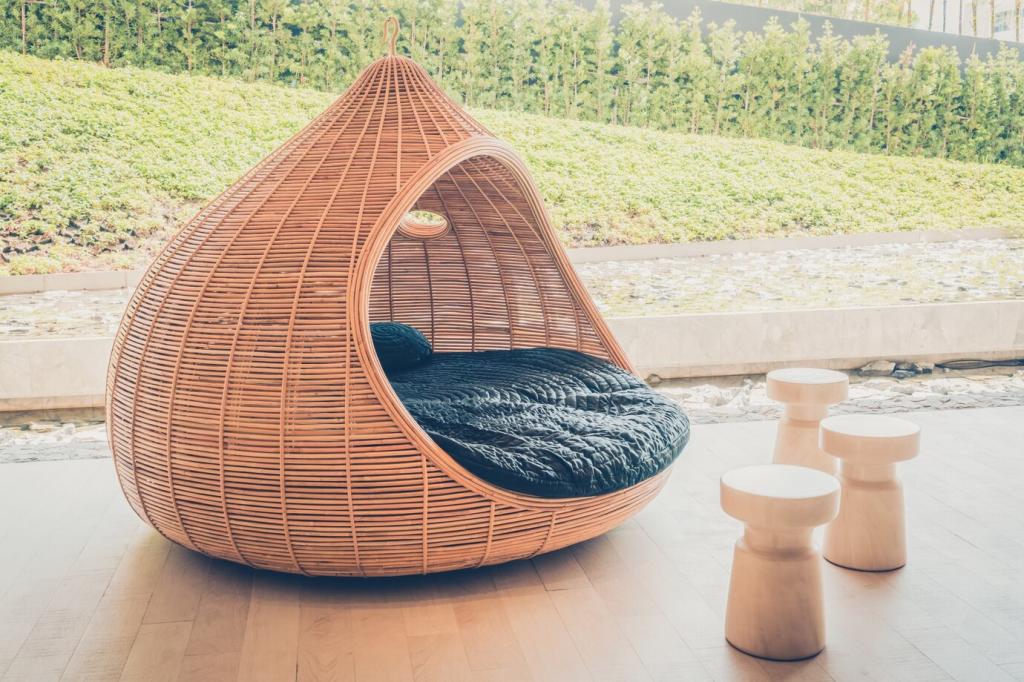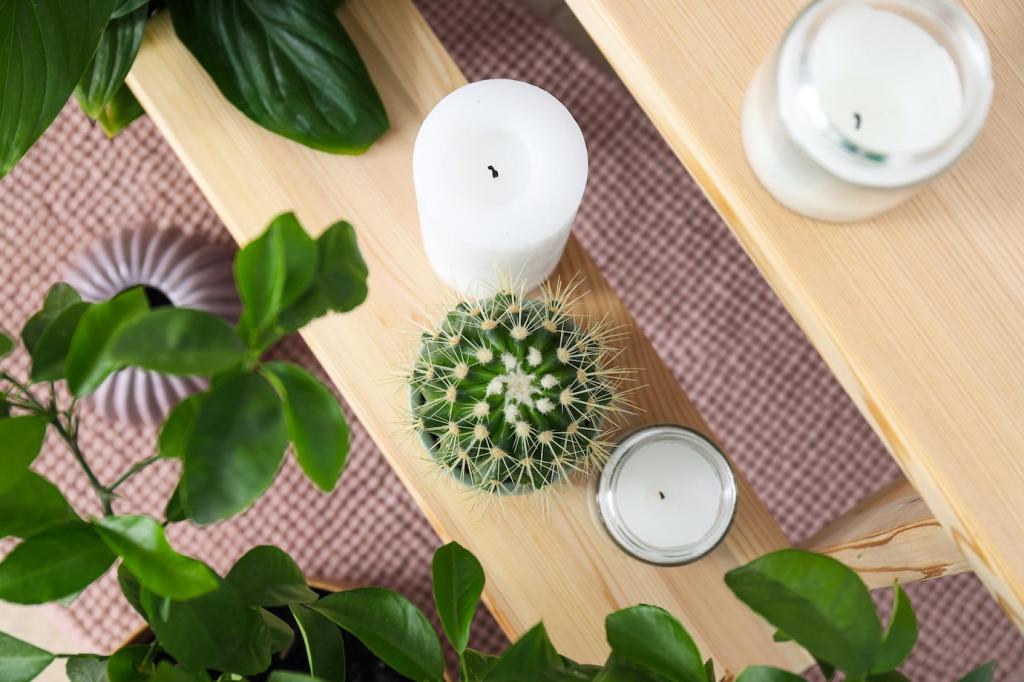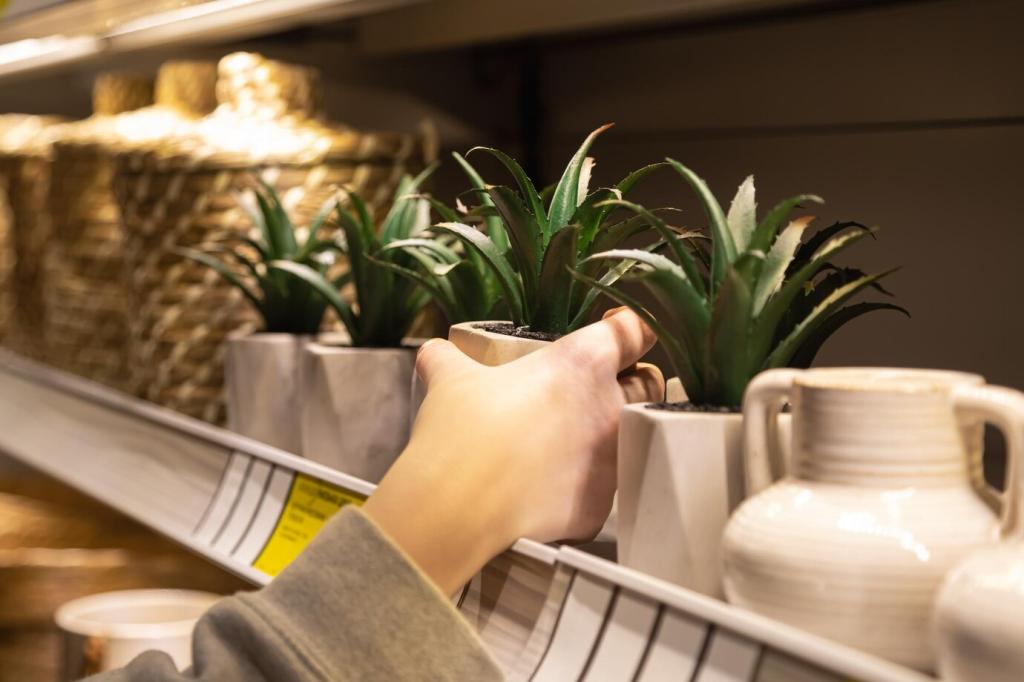Circular Business Models and Community Impact
Some brands now offer fabric take-back, cushion refilling, or trade-in credit for frames. These programs keep materials circulating and reduce landfill pressure. Have you tried one? Share your experience, costs, and results so we can map which options genuinely help—and which need a nudge to improve.
Circular Business Models and Community Impact
Working with nearby upholsterers cuts transport emissions, supports skills, and enables custom repairs. One reader’s ottoman gained new life using surplus linen from a local theatre, becoming a stage-to-sofa treasure. Recommend your favorite craftsperson, and we’ll spotlight them in a community directory celebrating repair talent.

